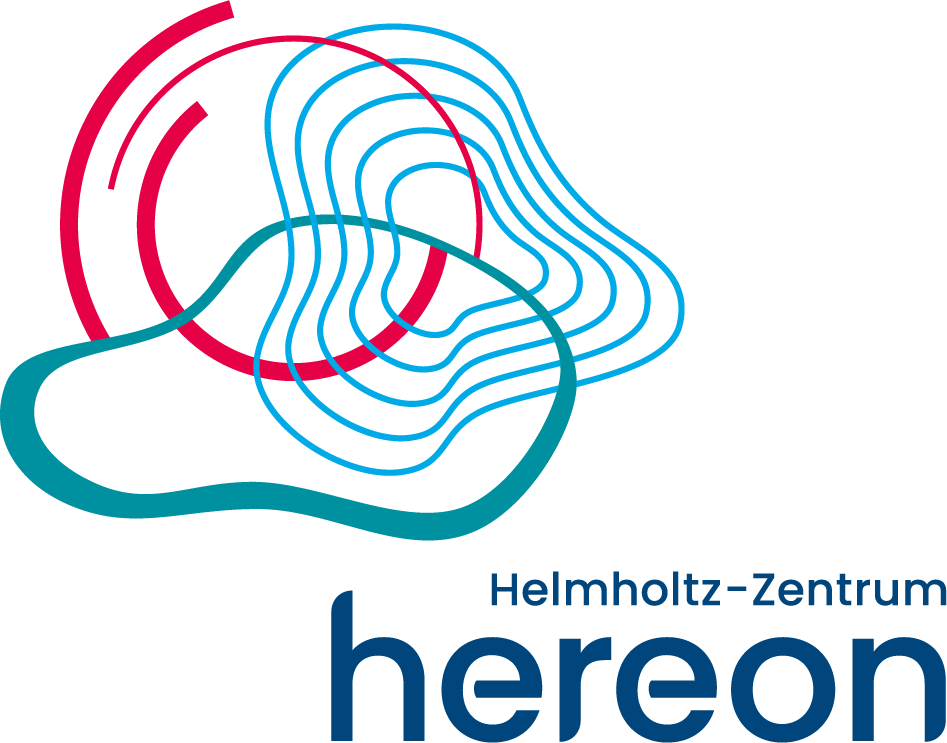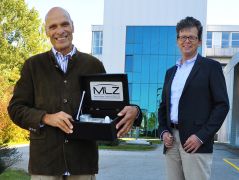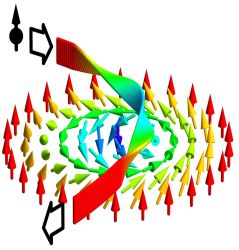MLZ is a cooperation between:
 > Technische Universität München
> Technische Universität München > Helmholtz-Zentrum Hereon
> Helmholtz-Zentrum Hereon
 > Forschungszentrum Jülich
> Forschungszentrum Jülich
MLZ is a member of:
 > LENS
> LENS > ERF-AISBL
> ERF-AISBL
MLZ on social media:

MLZ (eng)
Lichtenbergstr.1
85748 Garching
21.10.2025
A life dedicated to neutron research
On 6 October 2025, TUM honoured Prof. Dr. Peter Böni with a symposium for his 70th birthday. Former colleagues paid tribute to the physicist, who has shaped neutron research at TUM and FRM II for over two decades. He has also had a lasting influence on young scientists, as was evident from the many personal anecdotes shared during the evening.
Peter Böni’s path into research began at ETH Zurich, where he earned his doctorate in physics in 1983. After working at Brookhaven National Laboratory in the USA and the Paul Scherrer Institute in Switzerland – most recently as deputy head of the Neutron Scattering Section – he accepted his position at TUM in 2000. Until his retirement in 2021, he headed the Chair of Neutron Scattering there and had been closely associated with the FRM II as a central research facility since it went into operation.
The evening was hosted by FRM II Scientific Director Prof. Dr. Christian Pfleiderer and his deputy Dr. Michael Schulz, both of whom worked closely with Peter Böni for many years.
“In my opinion, there is a lot you can be really proud of: you have built up a successful chair, promoted young talent and founded your own company,” said Prof. Dr. Jochen Mannhart (Max Planck Institute for Solid State Research) in his speech.

Prof. Dr. Peter Böni (4th from left) together with the speakers of the evening. From left: Prof. Dr. Christian Pfleiderer, Prof. Dr. Christoph Hugenschmidt, Prof. Dr. Marc Janoschek, Prof. Dr. Peter Böni, Prof. Dr. Markus Braden and Prof. Dr. Jochen Mannhart. © Laura Richter/FRM II
“There’s a lot of Peter Böni in it”
Many of the evening’s contributions showed that Peter Böni’s influence lives on in many research projects and instruments. Prof. Dr. Markus Braden (University of Cologne) paid tribute to another milestone with the joint development of KOMPASS at the MLZ, a globally unique instrument for polarisation polarised neutron scattering. This opened up new perspectives in magnetism research: “There’s a lot of Peter Böni in it”, said Markus Braden, who also praised Peter Böni’s calm manner and constructive feedback style.
Prof. Dr. Christoph Hugenschmidt (TUM) enjoyed great freedom to conduct research with positrons, which led to his habilitation under Peter Böni. He thanked him very much for their many years of collaboration and joint supervision of doctoral students investigating the electronic structure of solids as part of a DFG Collaborative Research Center. He also organized the SLOPOS positron conference together with E21 and FRM II.

Prof. Dr. Peter Böni at the sampling site of the REFSANS horizontal time-of-flight reflectometer at FRM II. © Jochen Mannhart / Max-Planck-Institut für Festkörperforschung
“You have to push yourself to the limit”
Prof. Dr. Marc Janoschek, Head of the Center for Neutron and Muon Sciences at the Paul Scherrer Institute, who completed his doctorate under Peter Böni in 2008, also reported on how influential Peter Böni was for young scientists. “Peter was the ideal doctoral supervisor”, who, as an early riser, would reply to emails as early as four o’clock in the morning. Peter Böni always guided him in the right direction and ultimately drove forward groundbreaking work such as research into skyrmion lattices. “He showed me that you have to push yourself to the limit, and then you end up with great science,” said Marc Janoschek.
When Peter Böni stepped up to the podium at the end of the evening, he was visibly moved: “I was very fortunate to work with wonderful people. It was a great pleasure for me to be able to work at TUM.”
MLZ is a cooperation between:
 > Technische Universität München
> Technische Universität München > Helmholtz-Zentrum Hereon
> Helmholtz-Zentrum Hereon
 > Forschungszentrum Jülich
> Forschungszentrum Jülich
MLZ is a member of:
 > LENS
> LENS > ERF-AISBL
> ERF-AISBL
MLZ on social media:












